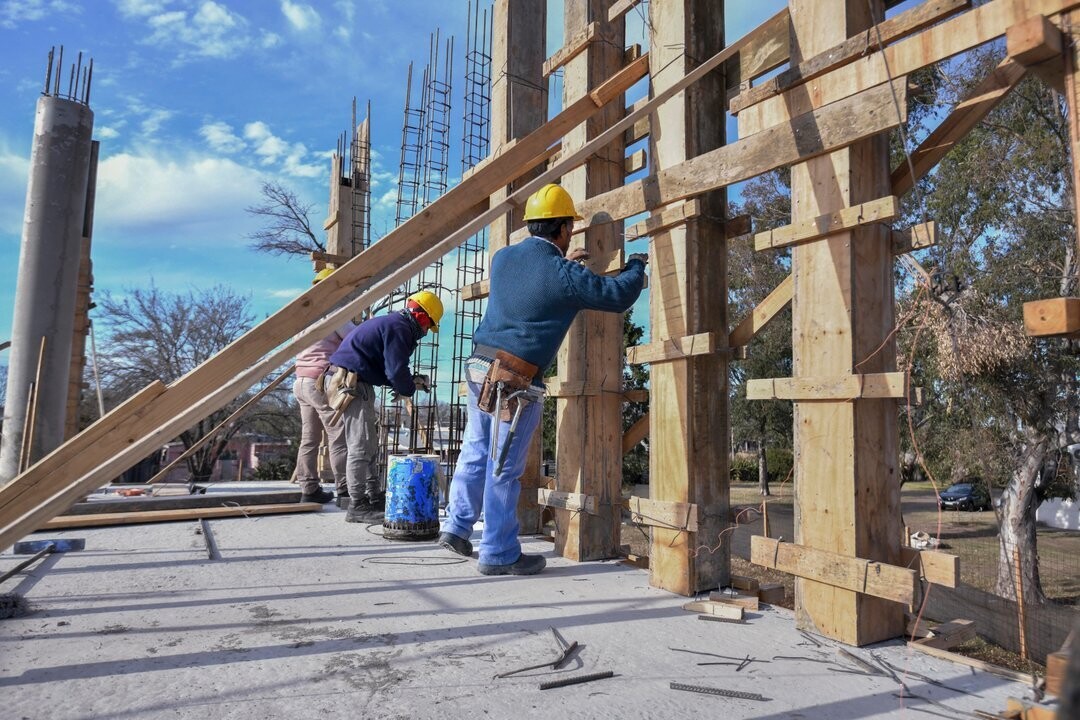
The National Institute of Statistics and Censuses (INDEC) has released the latest data corresponding to the third quarter of 2024 (July-September) regarding activity, employment, and unemployment in the total urban area of Argentina. During this period, several important indicators of the labor market in the country have stood out.
According to the report, the total urban population of Argentina reaches 42.9 million people. Of this figure, 52.8% (22.7 million) corresponds to the inactive population, meaning those who do not work or seek employment. On the other hand, 47.2% (20.3 million) of the population constitutes the economically active population, which includes those who are working or looking for employment.
The activity rate stands at 47.2%, showing a slight decrease compared to the previous year (47.3%). Regarding the employment rate, it is recorded at 44.2%, below the 2023 index which was 44.7%. Finally, the unemployment rate has reached 6.4%, which represents an increase of one percentage point compared to the previous year, being the second-lowest rate since 2020.
Regarding the distribution of employment and unemployment in various regions of the country, it stands out that the City of Buenos Aires records the highest employment rate at 52.4%, followed by La Pampa at 47.2% and Tierra del Fuego at 46.8%. On the other hand, the provinces with the highest unemployment rates are the Province of Buenos Aires at 8.3%, Chaco at 7.1%, and Tucumán at 6.8%.
This data provides a general view of the labor situation in Argentina during the third quarter of 2024, showing both encouraging figures and challenges in terms of employment and unemployment in different regions of the country.













